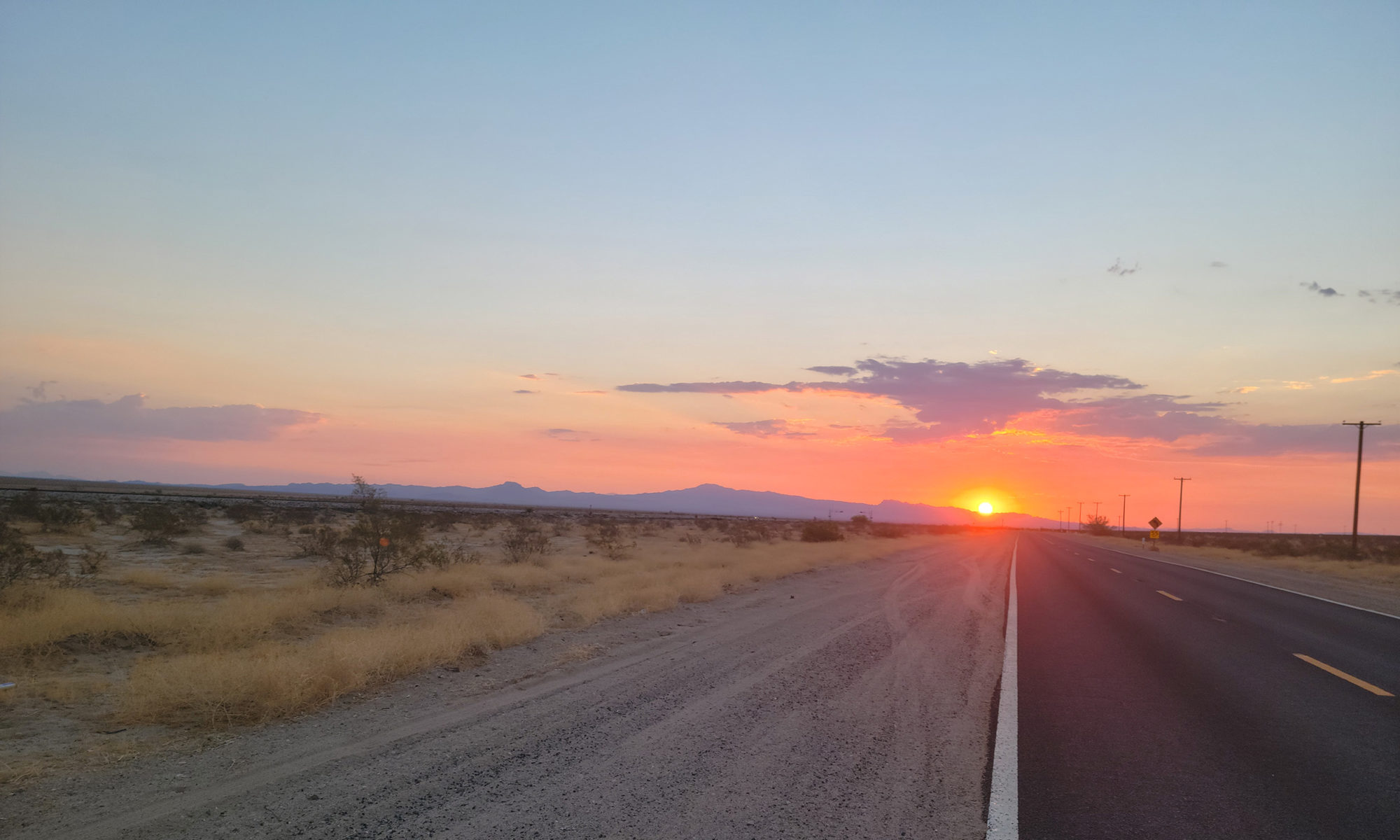It was broad daylight. Around 11 a.m. I’d been trapped in Daleville for nearly two days. Holed up inside a kind of fortress that brazenly displayed a neon sign out front: “Super 8,” its bright yellow light screamed through the night.

I knew I had to get out, by any means necessary.
Daleville the town is harmless enough. A small burg in western central Virginia that specializes in strip malls, Cracker Barrell and unwalkable roads. Even the Super 8 served a purpose on my journey. Once. Twice. Now a third time.
I’d already spent a week at the Daleville Super 8 in late October 2022. It was the refuge I turned to when I hobbled off the Appalachian Trail with a stress fracture in my right foot, third metatarsal. The Super 8 was where I made the excruciating decision not to continue, to call a hiatus from the trail, return home and nurse my injury for the winter. It was from where I limped out every night back then, across the parking lot and up to the bar at Pancho’s, a Mexican restaurant, the only eating establishment within walking distance.
Super 8 of Daleville was where I returned once again on March 17, 2023. A place from which to launch my resumption of an AT thru-hike. Fly into Roanoke-Blacksburg Regional Airport and the Daleville Super 8 is an easy enough Lyft ride away. I arranged a shuttle pickup to run me up to Jennings Creek, about 30 miles north, where I last exited the AT.
Two and a half days of hiking brought me right back to Daleville, to an annoying highway crossing two doors down from the Super 8. Back again. And again, the Super 8 offered the value of a room with Wifi to facilitate my writing deadline. For this third stay, having regained the benefit of my healthy foot, I could venture further from the Super 8, into Daleville proper. There I visited a series of establishments. Kroger’s, for trail resupply. Mountain Trail Outfitters for some sunscreen. And most importantly, Three Lil Pigs BBQ for sustenance, a much-needed change of pace from overused Pancho’s.
Three multi-night stays in Daleville. Three respites at the Super 8.
I knew I had to escape.
Breakout of the Super 8

It wasn’t an easy caper. I packed up in silence, hoping not to attract any suspicion. I pulled on my pack and surreptitiously descended the stairs to the lobby.
Melissa at the front desk appeared to know exactly what I was up to, and asked if I wanted a receipt. Surprised at her penetrating foresight, I stammered, unsure what to say. Finally, I whispered, “Can you email it?” She could, no problem.
She wished me well with all the transparency of a KGB thug. Behind her smile I suspected chicanery. She betrayed her motive and proved my suspicion correct when she welcomed me to “come back again any time” loudly enough for others to hear. “We love our regulars.”
So that was how it was. A Daleville Super 8 regular.
It was decided then. Escape I must, and quickly.
I smiled, too, playing Melissa’s game. Then I stepped out through the automatic sliding door. And I was outside. Ready to leave, it seemed. But surely this was too simple. I tried not to look back but relented to my curiosity. Back inside the lobby doors, Melissa watched me, the smile still on her face. I knew it. I would never be allowed to effortlessly walk away from Daleville and the Super 8 forever.
But for the moment, walk I did, continuing on my way. Past Pancho’s. Across the obnoxious, unwalkable highway (after waiting eight minutes for a break in traffic). I could feel Melissa’s prying eyes still upon me as I walked back onto the AT.
Was it true? Had I escaped Daleville?
Gone But Not Escaped
But of course, it was all a ruse. Even as I lost sight of the Super 8 for the moment, I could hear that incessant Daleville traffic. Would it ever cease its torment?

I hiked for a full hour, climbing up, away, hope building with every step, every foot of elevation gained. I crested a mountaintop adorned with massive, humming power lines.
That’s when I fell to my knees in agony. Of course it was all too good to be true. I would never escape Daleville. For far below, even after hiking for two hours, lay an unobscured view of the town, splayed in all its mundane paleness. And directly across from me, glaring in a clearing, its neon sign reaching out to me miles away, pulling me back: the Super 8.
I hadn’t escaped anything. I hastened onward, still determined to leave Daleville behind for good. Another hour, another several miles along a mountain ridge. Still, relentlessly as I stopped for breath, the traffic and sounds of Daleville and that loud yellow sign yelling Super 8 reaching up to me in the hills.
I was convinced. I could hike all day, for days on end even, and still not escape this bland, nondescript town and the Super 8 that once offered succor.

Even now, alone in the woods, night setting in, while I can no longer see Daleville below, nor hear its car horns honking, its truck engines whining, while the Super 8 sign doesn’t light up the forest, I know. It’s still there. Never far away. Beckoning me back. It will always be there. When I close my eyes. When in the silence I hear its echoes. Whenever I dine out on mediocre Mexican food.
I’ve left Daleville, but I haven’t really escaped. I will go back again someday.
I am, after all, as Melissa made all too clear, a regular at the Super 8.





















